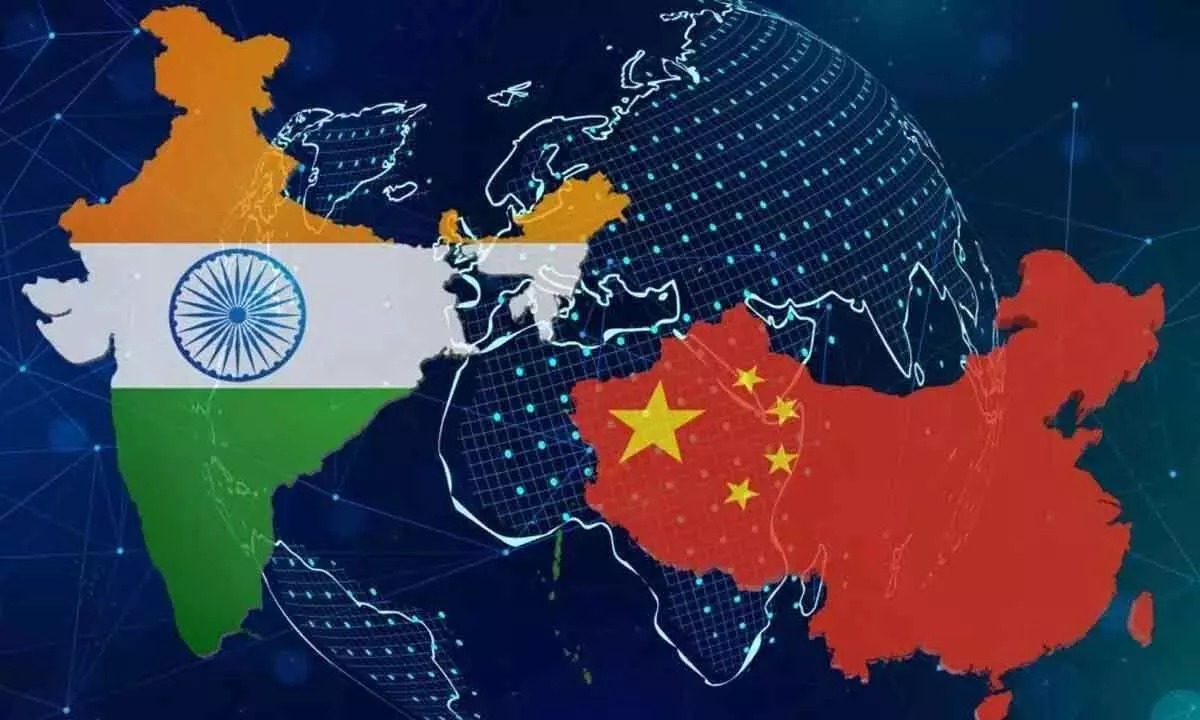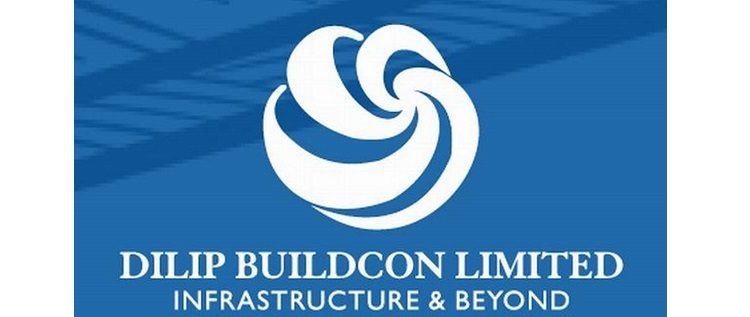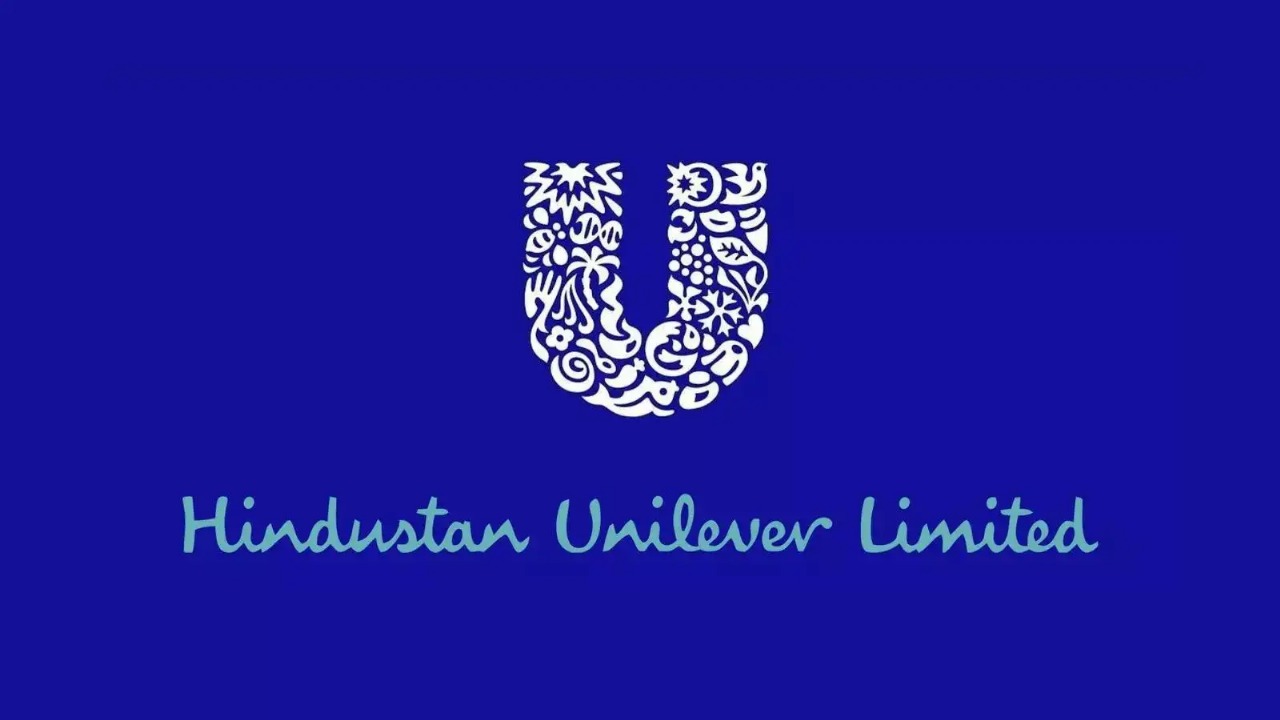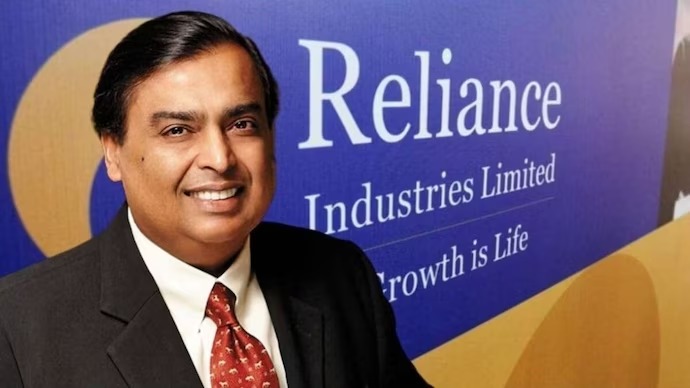
Follow WOWNEWS 24x7 on:

India and China appear to be inching toward a cautious economic reset, with signals emerging in August 2025 that New Delhi may soon reopen the gates to Chinese capital, trade, and travel. After five years of diplomatic frost following the Galwan Valley clashes, both nations are now exploring a calibrated revival of border trade, direct flights, and strategic investment flows. The timing is critical, as India faces rising tariffs from the United States and seeks to rebalance its external economic dependencies.
Key highlights from the evolving India-China détente:
1. Diplomatic Engagements Gain Momentum
- Chinese Foreign Minister Wang Yi is visiting India from August 18 to 20 for high-level talks with National Security Advisor Ajit Doval and External Affairs Minister S Jaishankar
- The 24th round of Special Representatives’ talks on the boundary issue is scheduled in Delhi, marking a formal revival of dialogue mechanisms
- Wang Yi is also expected to meet Prime Minister Narendra Modi ahead of the Shanghai Cooperation Organisation (SCO) summit in Tianjin later this month
2. Border Trade Revival on the Table
- Both countries are discussing reopening designated trading points along the Himalayan frontier, which were shut down after the 2020 standoff
- The move is aimed at restoring livelihoods in border regions and reactivating local supply chains that once thrived on cross-border commerce
- China’s Ministry of Foreign Affairs has expressed readiness to enhance coordination and resume trade in locally manufactured goods
3. Direct Flights Set for Takeoff
- India and China are preparing to reinstate direct passenger flights, suspended since early 2020
- Before the freeze, bilateral air traffic exceeded 800,000 passengers annually, with cargo volumes reaching 30,000 tonnes
- The resumption of flights is expected to reduce transit costs, boost tourism, and facilitate business travel, especially for tech and manufacturing sectors
4. Strategic Timing Amid US Trade Tensions
- In August 2025, the US raised tariffs on Indian exports to 25 percent, complicating India’s trade dynamics
- Washington has also threatened additional duties by August 21, prompting New Delhi to explore alternative trade corridors
- China remains India’s largest trading partner, accounting for 19 percent of imports, despite efforts to diversify supply chains
5. Investment Flows and Regulatory Signals
- While no formal announcement has been made, analysts expect India to ease restrictions on Chinese FDI in non-sensitive sectors such as consumer tech, electric vehicles, and green energy
- The revival of border trade and flights could pave the way for renewed interest from Chinese venture capital and manufacturing firms
- India’s recent decision to resume tourist visas for Chinese nationals is seen as a soft signal toward broader economic engagement
6. Lingering Frictions and Strategic Guardrails
- Despite the thaw, India remains cautious about critical sectors such as telecom, semiconductors, and defense-linked infrastructure
- Export controls by China on rare earth magnets and fertilizers remain in place, citing national security concerns
- Both sides are expected to maintain strategic buffers while expanding cooperation in multilateral platforms like the SCO
7. What’s Next: Modi-Xi Summit in Tianjin
- Prime Minister Modi is scheduled to visit Tianjin for the SCO summit on August 31 and September 1
- A bilateral meeting with President Xi Jinping is likely, marking the first face-to-face interaction since 2019
- The summit could serve as a launchpad for formal announcements on trade, investment, and regional security cooperation
India’s potential reopening to Chinese inflows marks a pragmatic shift in its foreign economic policy. While geopolitical caution remains, the signals from August 2025 suggest a willingness to recalibrate ties in pursuit of strategic and economic resilience. For investors, exporters, and policy watchers, the dragon may no longer be locked out—it’s knocking again.
Sources: India Briefing, Republic World, Times of India, Business Today, Cybex Exim





